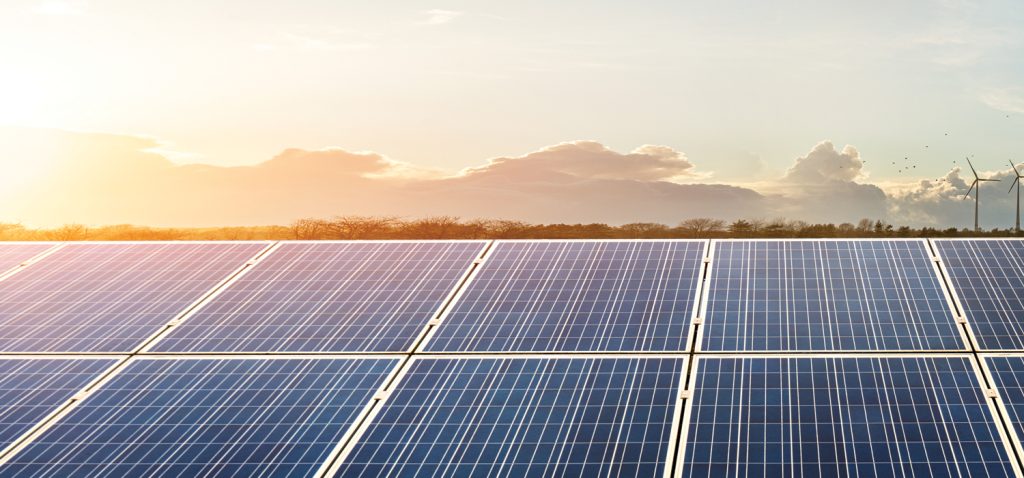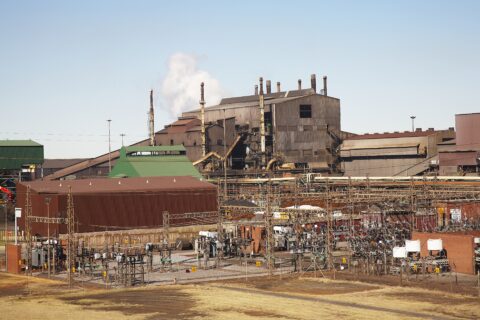SA Mining
Renewable Power For Mining Operations – What You Need To Know
The ongoing energy security crisis in South Africa has compelled many mining companies to consider alternative and supplementary energy sources in order to meet demand. Given the need to lower the cost of production, renewable energy is an attractive supplement to reduce energy costs, while also incentivising mining companies to improve their environmental, social and governance positioning.
For example, explains ENSafrica’s natural resources and environment executive Ntsiki Adonisi-Kgame, solar energy doesn’t contribute to environmental risks that are associated with nuclear power, water pollution, nitrogen oxides and other harmful waste.
“In August and October 2021, Schedule 2 of the Electricity Regulation Act (ERA) of 2006 was amended to increase the threshold for embedded generation projects from 1MW to 100MW, presenting an extraordinary opportunity for the mining industry,” she says.
“These amendments came after a long period of lobbying by industry for the self-generation threshold to be increased to at least 50MW. The amendments mean that energy generation projects that fall within the 100MW threshold do not require a generation licence, although they must be registered with the National Energy Regulator of South Africa (NERSA).”
In light of this exemption, she says, these energy generation facilities may be operated by independent power producers. The amendments have undoubtedly paved the way for the mining industry to venture into renewable energy projects.
In November 2021, the Minerals Council South Africa announced that it had renewable energy projects worth an estimated R60-billion, with the capacity to generate 3 900MW. These projects not only have the potential to help Eskom keep the lights on, but will contribute towards achieving net-zero emissions by 2050.
What will the process be?
“On 10 October 2021, NERSA published the registration procedure in terms of Schedule 2 of the ERA. The registration procedure provides that a period of 45 days is required to process the application once payment of the registration fee of R200 has been effected.
“One of the key factors to be considered during the analysis of the application for registration is the economic analysis of the project, which will be based on the economic benefits such as employment during construction and operation.”
While projects that will want to generate up to 100MW may be exempted from obtaining a generation licence in terms of the ERA, depending on the size and environmental impacts of the proposed facility, the generation of electricity requires a plethora of authorisations regulated by different pieces of legislation, she says. These include “environmental authorisations, water-use licences, biodiversity permits and various approvals issued by the municipality”.
Key challenges
The weak synergy between South Africa’s environmental law and energy law is demonstrated in the foreseeable, yet not insurmountable, challenge of the inconsistent alignment of the prescribed time frames across various laws, as well as the strained capacity of various organs of state to process applications for such approvals timeously.
“This tension is set against the urgent need to generate affordable electricity to meet demand. As an illustrative example, in terms of the National Environmental Management Act of 1998 (NEMA), an environmental authorisation is required before activities listed in the Environmental Impact Assessment Regulations, 2017 can commence.”
The development of facilities or infrastructure for the generation of electricity from a renewable resource such as wind and solar is a listed activity and requires an environmental authorisation, she says.
“Where the electricity output is more than 10MW but less than 20MW, a basic assessment process must be undertaken. This process takes about 197 to 247 days. Where the electricity output is 20MW or more, a scoping and environmental impact report process must be undertaken. This process takes about 300 to 350 days.”
Over and above the regulatory time frames, the mining industry must be alive to some of the more commercial issues around these projects. These include securing land rights, which may include concluding surface-use arrangements with landowners or lawful occupiers such as communities. These may be accompanied by requests by various stakeholders to participate in the projects, through equity or other constructs.
Mining companies must also be alive to the applicability of the Carbon Tax Act, 2019 and all considerations from the Mine Health and Safety Act, 1996.
“The increase of the threshold from 1MW to 100MW is a welcome move and a step in the right direction in attracting investment and renewable energy expansion. Nonetheless, the success of the amendments will rest on the alignment of the legislation applicable to self-generation projects, excellent project management and the effective engagement or participation of key stakeholders in such projects,” says Adonisi-Kgame.






 Sign-up and receive the Business Media MAGS newsletter OR SA Mining newsletter straight to your inbox.
Sign-up and receive the Business Media MAGS newsletter OR SA Mining newsletter straight to your inbox.